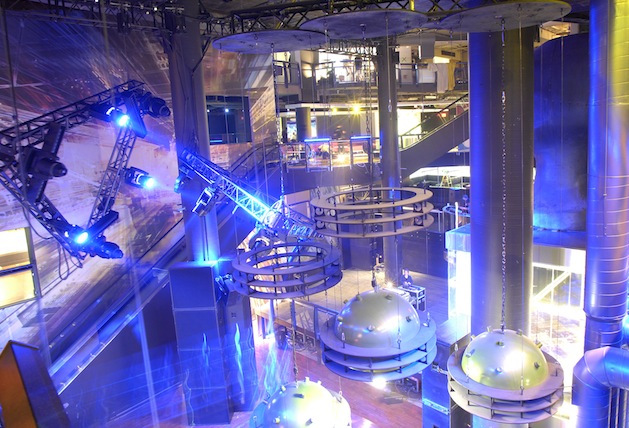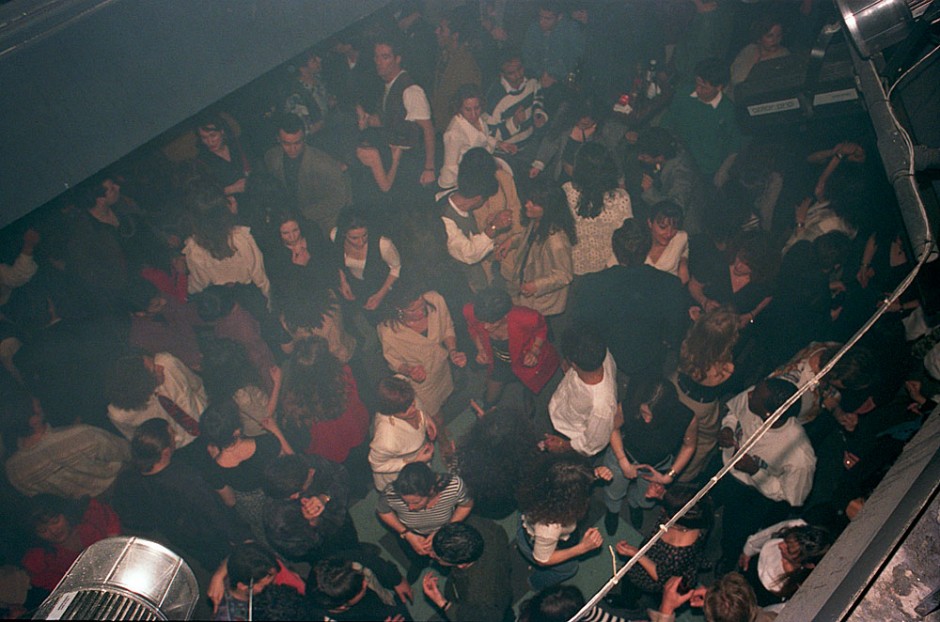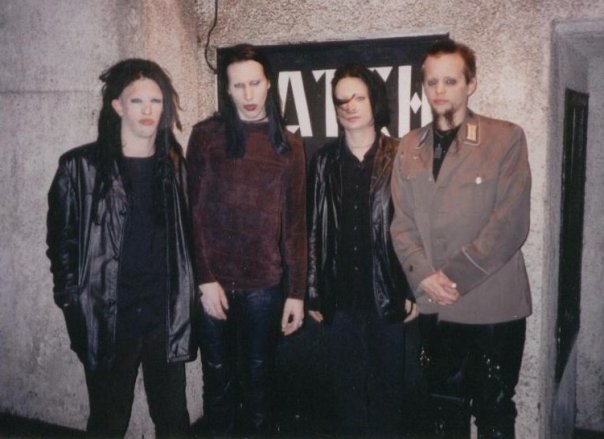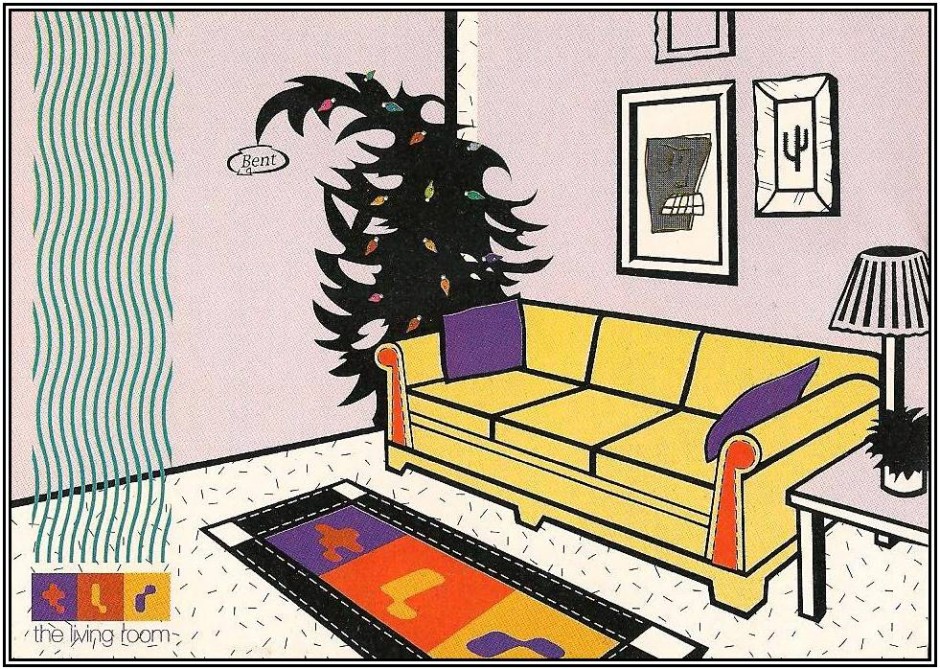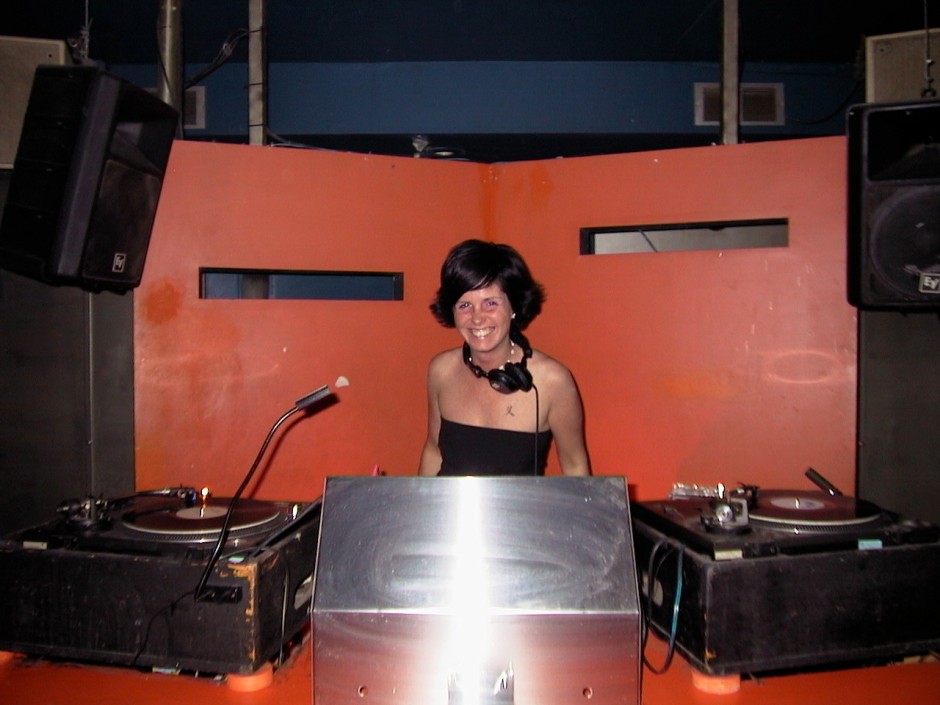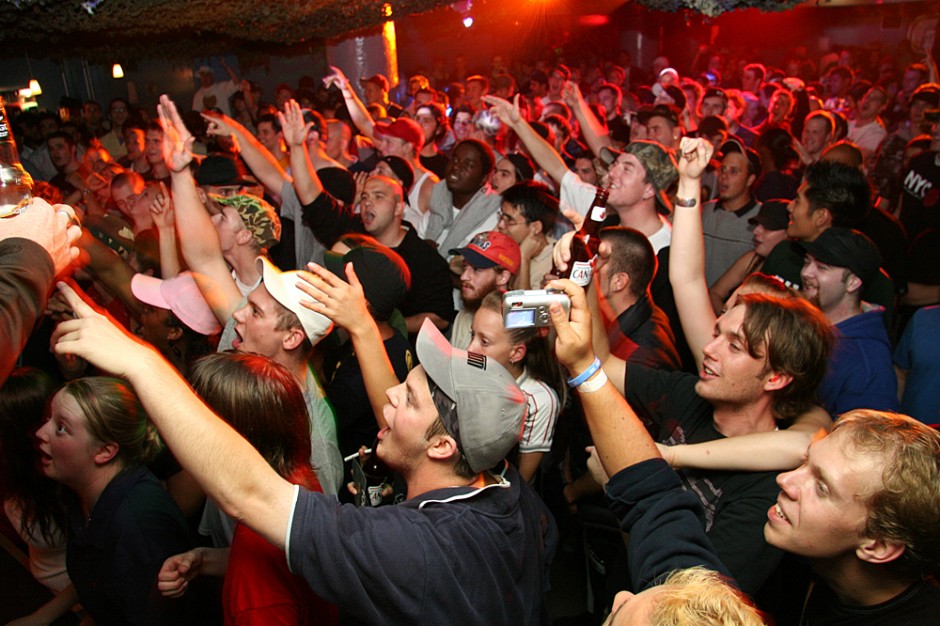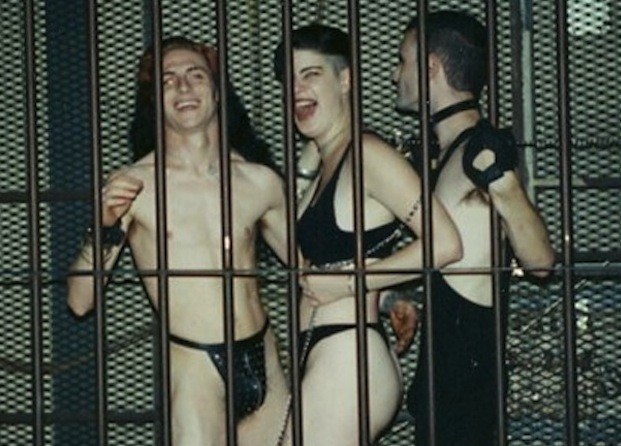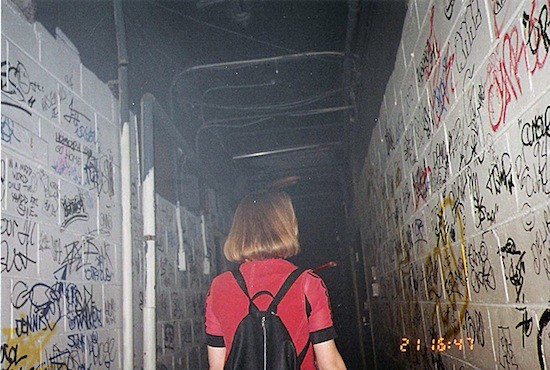Inside CiRCA. Photo by Lucas Oleniuk / Toronto Star.
Article originally published October 22, 2012 by The Grid online (thegridto.com).
In this edition of her Toronto-nightlife history series, Denise Benson revisits the biggest, most ambitious, and most fatally expensive nightclub the city has ever seen.
BY: DENISE BENSON
Club: CiRCA, 126 John St.
Years in operation: 2007-2010
History: The four-storey heritage property at 126 John St. has housed many businesses since its main structure was built in 1886. Originally, it was the site of John Burns Carriage Manufacturers, followed by other industrial-machinery companies.
By the early 2000s, the 53,000-square-foot space was an anchor for play in Toronto’s bustling Entertainment District. Mondo video arcade Playdium gave way to mega-dance club Lucid in 2004. The heavily hyped commercial club lasted only a year; its doors were locked in July 2005 when more than $400,000 in back rent was owed to landlord RioCan. (You just don’t mess with Canada’s largest retail real-estate firm.)
Enter New York City club magnate Peter Gatien. The Cornwall, Ontario native had moved to Toronto in 2003, following deportation from the United States. Gatien is, of course, one of the world’s most famous nightclub impresarios, having owned deeply imaginative and influential N.Y.C. hot spots including Limelight, Tunnel, Club USA, and Palladium during his 30-year career.
The one-time millionaire’s very public fall has been well documented in both print and film. To recap: New York police and the Drug Enforcement Agency (DEA) pursued Gatien relentlessly in a 1996 federal investigation that attempted to directly link him with the sale of street drugs, particularly ecstasy, in his clubs. Gatien was acquitted, and then later arrested on tax-evasion charges, to which he pled guilty.
Once in Toronto, Gatien—later joined by wife Alessandra and their son Xander—was interested in exploring a boutique-hotel concept. He tells me during a recent phone interview that a RioCan representative approached him in a park, during a dog walk, in the fall of 2005, and requested that Gatien pay a visit to 126 John.

